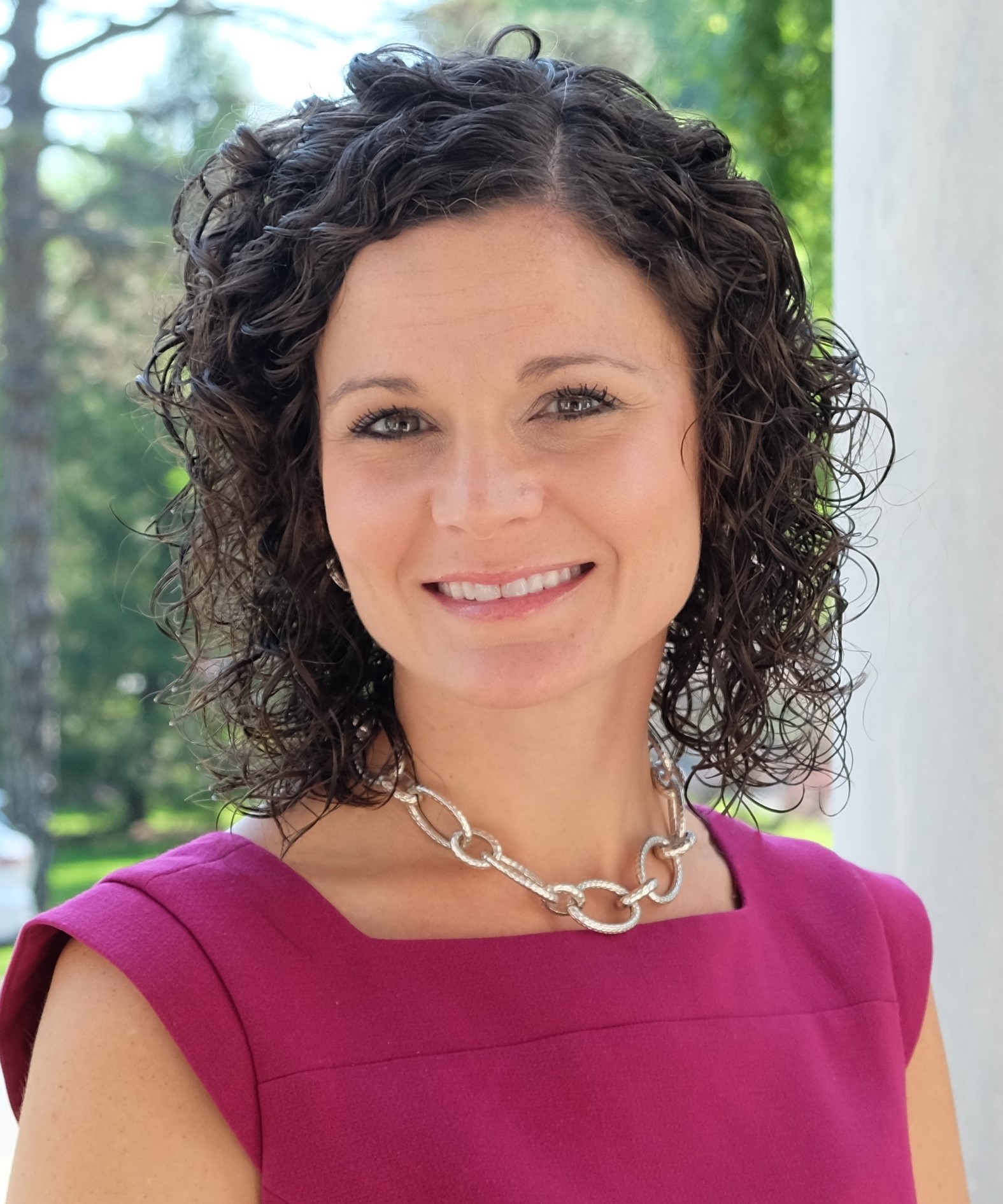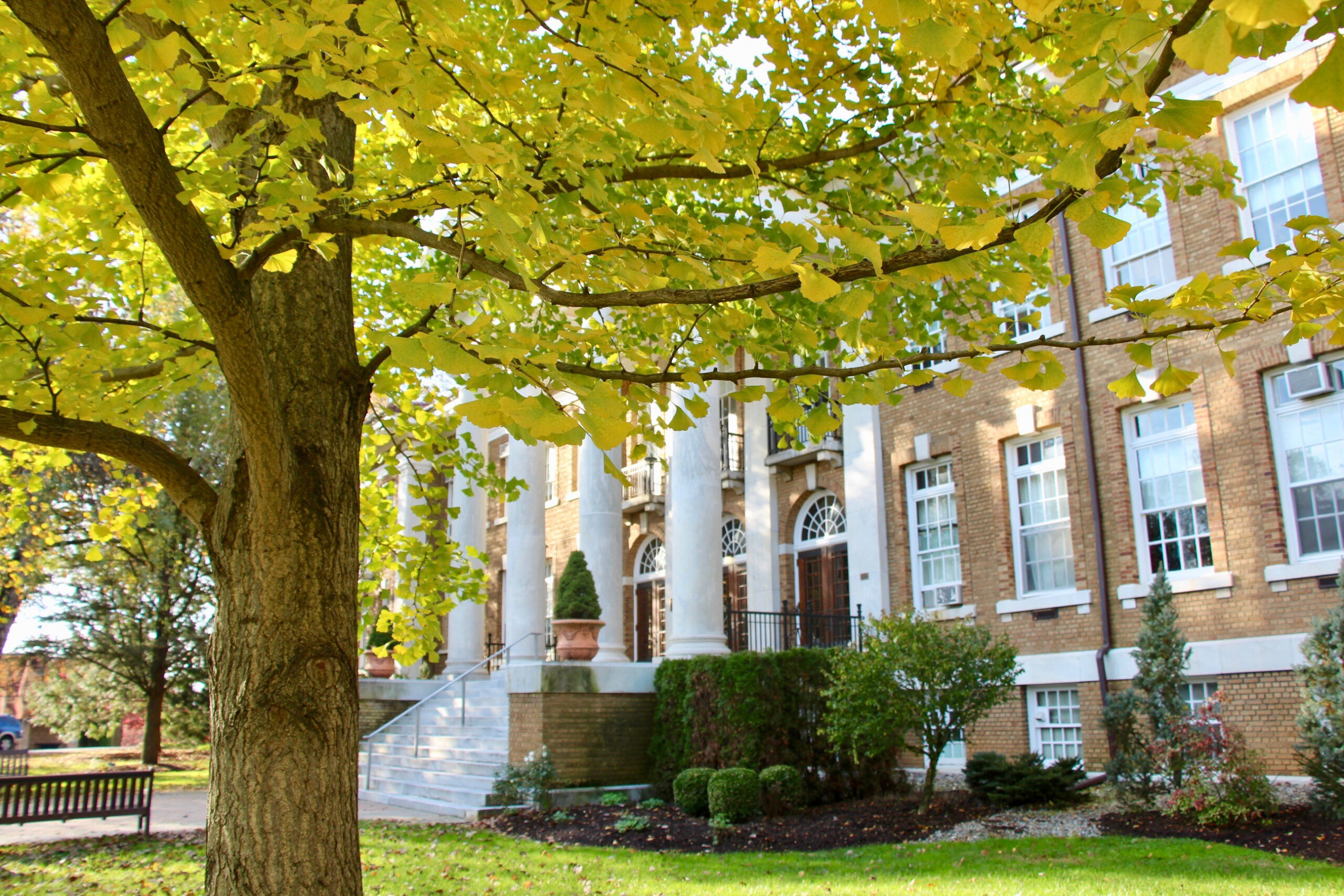(This is the first in a series of articles on higher education institution planning heading into the fall semester.)
Flanked by two health systems a mile from its campus, Cedar Crest College in Allentown, Pa., not only has done well to mitigate COVID-19 transmission but also has been one of the few institutions to have more than 50% of its students in residence be vaccinated.
Audra Hoffman Kahr, Chief Financial Officer and Treasurer at the private nonprofit women’s college founded in 1867, notes that the high concentration of its students who major in health professions, including nursing, public health and nutrition, has been a key factor. But Cedar Crest also is seeing a quick response from those who aren’t.
“Many of our students work in those health systems as clinical providers or as technical partners,” Kahr says. “All of our nursing and our health practice fields have all been vaccinated. They got it in early January, as part of the 1A group. But when vaccines opened up, in the first two hours, we had 80 students agree. That’s a third of our student population in residence plus the third who already received them.”
While dozens of colleges and universities, including nearby Lehigh University, will require vaccinations for fall semester entry, Cedar Crest has not been forced to take that step.
“We’ve been very fortunate. We haven’t had to shut down operations. We have had a very small numbers of cases,” Kahr says. “We’ve seen spikes happening around us, but it hasn’t been spiking at Cedar Crest. Our students are being very mindful of their actions, their movements, where they are, how many times they wash their hands and sanitize, not going to parties. They go to work or go to school and come home, and that’s what our students have been doing.”
Managing the health of its campus community has been just one part of a formula that has helped Cedar Crest overcome the challenges of the pandemic. Another has been its deftness on the operations, academics and business sides, a product of the work it had been doing for many years. Their shrewd planning and cost-cutting ideas – including scouring every academic major that generated resources and adopting electronic transfer over cutting checks – helped the college shave $3 million from a $50 million budget this year, without having to furlough or cut faculty or staff.
“Like most institutions, we’ve had our challenges,” Kahr says.” I’m not going to say everything has been sunshine and roses. But we’ve put ourselves in a position to win. We’re always we’re trying to be one step ahead.”
Balancing the budget

One number that Cedar Crest has closely monitored is 2%. That is roughly the percentage of those students who are interested in attending a women’s college, according to Kahr. Because of that small window, “we have to make sure that we provide students with something they want, something they see themselves in and can get a job [when they graduate],” she says.
So, in 2012, Cedar Crest launched a slew of graduate programs and two doctoral programs, deciding to double down on investing just after the crisis in areas they thought would surge, while getting prepared for the potential of an enrollment cliff in undergraduates.
“We are able to take the challenges that we might see on the softening of the traditional side and coat that essentially with the growth on the graduate and doctoral side,” Kahr says. “Most institutions who are looking at it right now are panicking, because you need time to roll out graduate programs. They might be two to three years out. They also have the governance process, which is not always the easiest to get through.
“There are many institutions that have growth built into the strategic plan. They’re expecting to grow by 200 and 300 students, and that’s bold. The data and numbers aren’t showing it on the undergraduate side. Graduate side, sure. I think you can see some growth there. But if you’re an institution that hasn’t though about graduate education and how it really supports students, I feel like you’re missing the mark.”
When the pandemic struck and committees were looking at ways to cut costs, they were also cognizant of what worked back in 2012, namely continuing to invest. So, they identified 20 areas to stay competitive in a highly competitive college market, such as mobile ordering for students, webcams and new proctor tracking for classes. Kahr says they’ve taken care of about eight, so there is still more work to do. But at Cedar Crest, items that need attention often get approved quickly.
“What’s great about Cedar Crest is that we’re small,” she says. “If you compare it to a larger institution, we’re light years ahead in terms of process because we don’t have multiple channels to go through. We don’t have to get the blessing before we make a decision. We just make those things happen.”
Despite all of the added expenses and because of cost cutting that did include salary freezes, Cedar Crest will head into the 2021-22 year without having to worry about tapping into stimulus money. They’re still wary of numbers potentially tapering off but not overly concerned.
“What we’ve done is plan for a softer number and for the number to come through,” Kahr says. “Either way, we’re going to balance our budget. We will not be dipping into reserves. A balanced budget in this environment is where you want to be. The institutions I’m talking to say, we’re going to be dipping into contingency for about three years.
“Where a small private can win is if they figure their budget out so that they can emerge out of this crisis stronger. It’s hard right now. I get it. But in 2008 through 2011, we said, let’s make the tough choices now, so that when we emerge from this, we are stronger. We have about another 12 months that we’re going to be working through the effects of the pandemic, but Cedar Crest is going to accelerate again.”
Looking to the future
One of the biggest challenges for Cedar Crest during the pandemic came on the academic side. While most institutions had the option to pivot to remote or hybrid learning, the college had to offer three different modalities this past year: Hyflex, hybrid and in-person learning because of the large population of students that needed to work in labs due to their work in health sciences.
“Managing through three different modalities was difficult,” Kahr says. “I remember when we said to the faculty, we needed to have these for our students, that meant they were tripling the amount of work that they were doing. But we’ve been pretty successful at it. I think the flexible attendance policy has been really well received by our students. If you’re sick, you stay home, and you’re not really bringing that to the classroom, and you can learn online. I think that’s helped us with our with our rate of positivity here on campus.”
As for what this fall will look, Kahr envisions an easing of some of the restrictions, as students press for a normal reopening and campus leaders promise to be fully in-person. But how much different it will look from 2020-21 will depend on those vaccines and how its community is responding, too:
Academics: “There will be hybrid options for students who are not feeling well, for students who may still feel uncomfortable. Hyflex is still on the table for us but we’re still kind of fine tuning that. We want students to have the flexibility, and faculty to have flexibility to teach their courses.”
Testing: “One of the things that we’re looking at right now is mandatory re-entry testing for our residential students. We did that this spring, and it was super successful. It will help us identify folks who may have not been vaccinated but are carrying the virus.”
Athletics: “We are hoping and praying that the fall sports season will be completely under way. It’s really important for students’ health and wellbeing, especially those that are student athletes.”
Student services/gatherings: “We expect to have some in-person student service support, gatherings that are controlled but have the availability for students to interact together. We’ve been doing those all online for student safety, but we expect to have some of those in place.
COVID protocols: “We’re still going to be wearing masks. We’re still going to be social distancing. We may even be surveillance testing in the fall. We don’t know yet.
“We’re hoping if we can get enough vaccinated within our population that we will be able to open more,” Kahr says. “We’re hoping it’s between 75% to 80%. If it’s higher than that, we can do more things. If it’s lower than that, then we’re going to have to figure out how we deliver these services still to the students so they can have that high-touch experience we promise to deliver them.”






